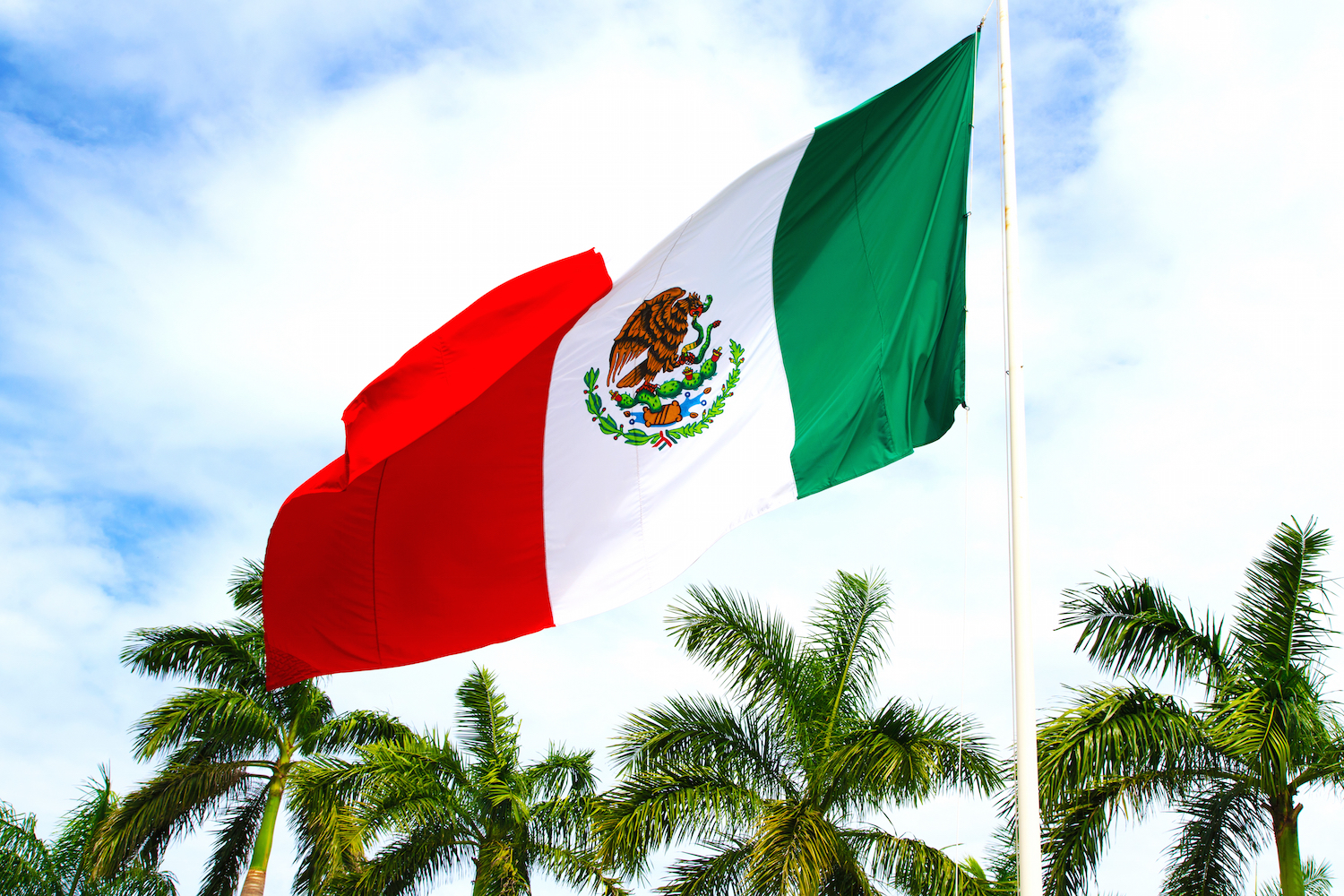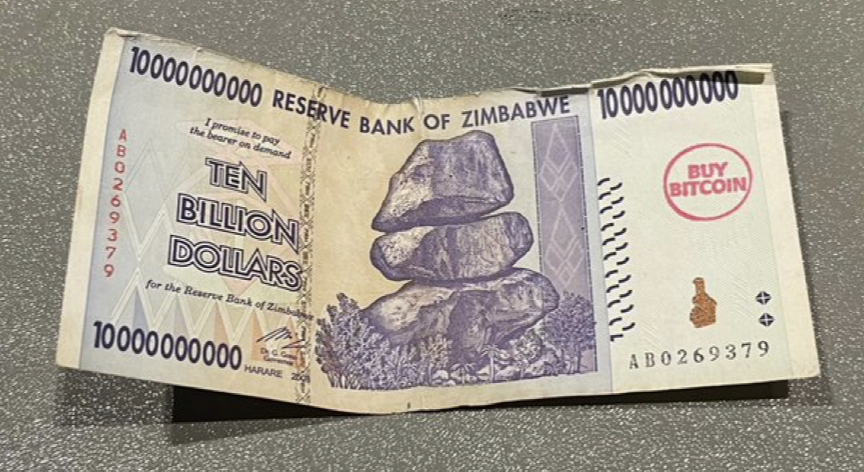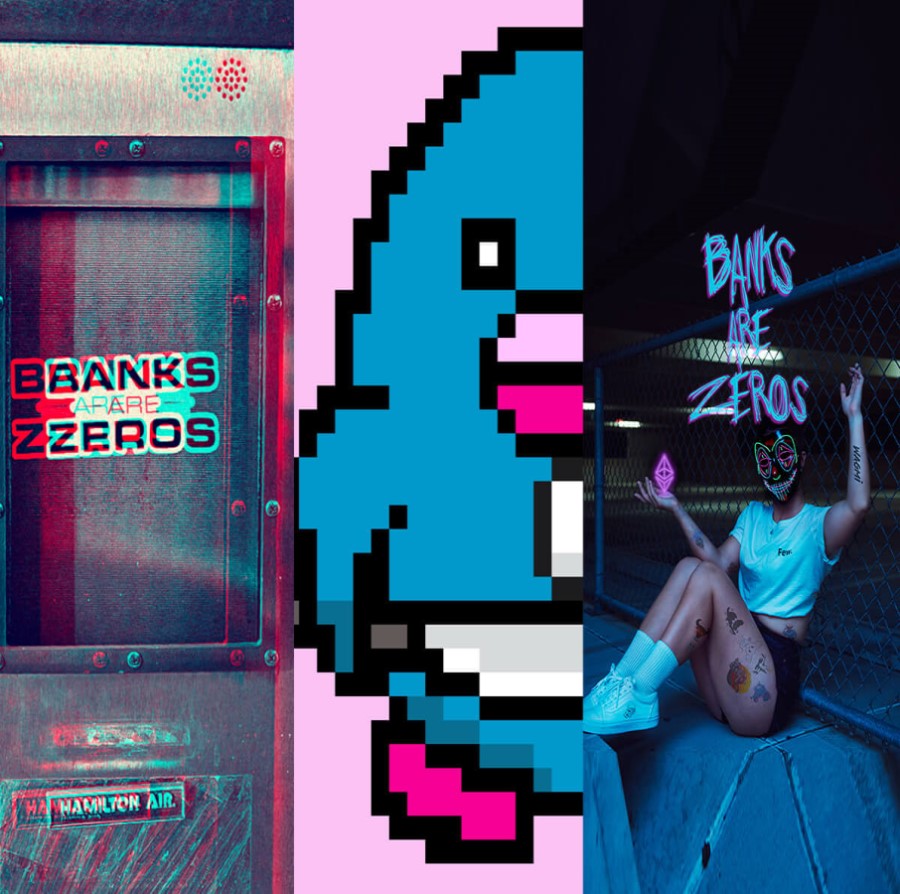As CBDC use cases grow and develop, their definition will adapt as needed. It is certain that each nation’s CBDC implementation will differ as they adapt to unique economic needs. As such, additional characteristics will continue to emerge as new use cases are identified.
When China originally launched their CBDC (e – CNY) pilot in spring of 2020 they launched 113,000 consumer digital wallets and 8,859 corporate digital wallets between April 2020 and August 2020. During that short time, both consumer and institutional/corporate users exchanged, in USD terms, $162 million across 3.1 million digital yuan transactions. The bank also uncovered almost 7,000 use cases. Many more use cases will be identified as time goes on, and each day we get closer and closer to full scale CBDC usage.
The new phrase around CBDCs is “optional data sharing elements” in “privacy centric” CBDCs. This is new common theme started after the US’s E CASH bill was passed. It inspired a a new development by the ECB to find a digital alternative to compliment the physical features of the Euro.
Make no mistake, a more “private” Digital Dollar/Euro will still likely include all KYC and AML laws, rules, and procedures as they’re products of treasury departments and central banks. As well as all other depreciative qualities you see today.

IMF: “Money is at a crossroads”
The International Monetary Fund (IMF) hosted a meeting “Money at a Crossroads: Public or Private Digital Money?” on April 18 to cover the developments in the ongoing digital transition toward digital money. The crossroads where much of the conversation emerged from addressed the geopolitical, economic, and technological influence going on in the world.
The majority of the discussion was around publicly and privately issued digital money. The main talking points at the meeting were:
- The Future of Digital Money
- Digital Money in Emerging Markets
- Retail & Wholesale CBDCs
- Digital Money & Digital Asset Regulation
The Head of the IMF, or the Managing Director, Kristalina Georgieva noted in the discussion that after a survey released by the IMF came back, the results were that over 100 countries are now considering a CBDC.
“Central banks are rolling up their sleeves and familiarizing themselves with the bits and bytes of digital money…we are stepping up collaboration with other institutions, such as the Bank for International Settlements, at par with the rapidly growing significance of digital money…We are at the crossroads around how fast, how far, and in what proportions, but I see this as a one-way street in which digital money is going to play a bigger role”
Kristalina Georgieva
Another panelist in this meeting was the Managing Director of the Monetary Authority of Signapore, Ravi Menon. His relevant but notable takeaway from the meeting was around the importance of tokenization and it’s limitless potential. In summary he emphasized the importance of building a tokenized economy providing previously unmonetizable assets the ability to be monetized.
Mexico

The Central Bank of Mexico (Banxico) governor announced at the end of April that the expectation for a retail CBDC by 2025. They cite key factor for their development of their retail CBDC as financial inclusion, “banking the unbanked” and providing faster, more effective and efficient payment systems.
Bank of Mexico Governor, Victoria Rodriguez Ceja is focused on programmable and innovative money.
“Authorities at the international level, given the interest that these virtual assets and their evolutions have awakened, have recognized the need and the potential to extend the functionalities of legal tender through the potential implementation of digital currencies issued by the Central Bank.”
Victoria Rodriguez Ceja
Although their focus is on digital innovation, their plan falls in line with the overarching theme of first integrating it into the existing system. They say physical cash will continue to be used for the foreseeable future.
Something worth noting, Augustin Carstens (Head of the BIS) was a former Head of Mexico’s central bank. He now leads the charge on developing CBDCs on an international front. Most notably involving Project Dunbar.
The UK
“the Bank now intends to deepen its exploration of CBDC.”
Bank of England
The Bank of England and the Treasury are carefully looking at the “potential” of a CBDC as they’re continuing to see a constant decline in the use of physical cash.
“we’re using the latest technology to rebuild the payment infrastructure that we offer to banks and other institutions. It is now time to look further ahead. We are examining the possibility of a CBDC for the UK (alongside our physical notes) so we can make sure we are ready for the future.”
Bank of England
The HM Treasury (Her Majesty’s Treasury), also referred to as the Exchequer, and the Bank of England have established a “Joint Task Force” to research the case for a UK CBDC. Last June they released their discussion paper, 6 months before the US released their paper on the Digital Dollar.
After issuing the paper they released their next steps:
- Launching a “consultation” where they set out their intentions and direction. This includes “the merits further work to develop an operational and technology model for a UK CBDC. It will evaluate the main issues at hand, consider the high level design features, possible benefits and implications for users and businesses, and considerations for further work.
- The consultation involves “research and exploration”. This ultimately decides policy.
- At the end of the day, this will move authorities into the direction of the “development phase”.
The BOE is working closely with none other than the Bank for International Settlements and other finance ministers from other G7 nations.
The EU
The Digital Euro is in the “investigation” phase of it’s development for both a Retail and a Wholesale CBDC and will be until 2023. Digital Euro is the retail project and the wholesale CBDC is Project Stella.
Project Stella was started in December 2016 between a partnership of the ECB and the Bank of Japan (BOJ), phases listed below by the ECB:
- Phase 1, published in September 2017, analyzed the processing of large-value payments using DLT (Distributed Ledger Technology).
- Phase 2, published in March 2018, investigated securities delivery versus payment in a DLT environment
- phase 3, published in June 2019, considered whether cross-border payments could potentially be improved, especially in terms of safety, by using DLT-related technologies.
Concluding the launch of the paper “The International Role of the Euro” in June 2021 Christine Lagarde, head of the European Central Bank forecasted the CBDC project could come as soon as 2025. Just recently, sharing a similar expectation, Fabio Panetta stated the earliest would be 2026.
“Estimates from many EU officials suggest that legislation and policy focused on the launch of a digital euro could be coming within five years.”
Fabio Panetta
The goal is for the Digital Euro to work cooperatively alongside other national CBDCs and payment systems. Interoperability, resilience, and accessibility are in the forefront for design considerations.
Prototypes are being developed right now for an interface for the retail digital euro as part of the ongoing investigation phase. Up to 5 banks and payment processors will be considered to take part in the process of advancing the Digital Euro project through this next phase. This process begins in Aug and will last until Oct 2023, or the end of the investigation phase.
Norway’s Central Bank, Norges Bank, has been advancing their CBDC nicely these last few years. They started the CBDC project in 2017, and just last year started testing and experimenting with their CBDC. The project started after a report in 2020 discovered that less than 5% of all transactions involved physical cash.
They, like the US, are moving along slowly to take the next few years to move toward consumer CBDC applications made for interoperability and resiliency for digital economies.
Russia
In their consultation paper, A Digital Ruble, The Bank of Russia (BoR) announced their intentions to build their payments methods and develop of CBDC to meet the needs of new demands and innovation. In the paper they announced to release a prototype before the end of 2021.
“The digitalisation of the economy and the development of financial technologies generate public demand for new, advanced payment methods…A digital ruble can make payments faster, simpler and safer…This will stimulate innovations both in retail payments and in other areas and support the development of the digital economy. ”
Bank of Russia, Oct 2020
Just this past February, the BoR announced banks like Sberbank will take part in a pilot for the Digital Ruble.
The pilot involves 12 other banks as part of their “test run”. The plan is for a real pilot to run in 2023 involving parts of the economy. The Bank of Russia also said their Digital Ruble would also enable them to be less dependent on the USD giving them a chance to mitigate the economic sanctions.
By the end of 2023 the BoR says they should have a full plan outlined for it’s official launch. Currently under the process of creating prototypes for consumer applications, wallets, platforms to exchange the digital ruble for other currencies.
“The digital ruble platform is a new opportunity for citizens, businesses, and the state. We plan that for citizens, transfers in digital rubles will be free and available in any region of the country, and for businesses, this will reduce costs and create opportunities for the development of innovative products and services. The state will also receive a new tool for targeted payments and administration of budget payments.”
Olga Skorobogatova, First Deputy Chairman of the Bank of Russia.
The US
The FED released the Digital Dollar, the US CBDC paper, Money and Payments: The U.S. Dollar in the Age of Digital Transformation and January 20. The focus on the paper covered the pros and cons of a US Digital Dollar and how it could serve as a complement to the current system.
In February, the Boston Fed and MIT in their Digital Currency Initiative laid out the findings of phase one of “Project Hamilton” – a project on the scalability, speed and resilience of a CBDC .
Project Hamilton is another CBDC project that shares the same innovative direction for the USD. This multi-year project deals with more of the technical challenges CBDC development faces. The most important being interoperability of CBDC payments systems, and networks.
On March 9, the Biden administration signed an executive order on digital assets. The goal here is to bring together multiple departments and agencies like the FED, and the US Treasury to come together on this mandate. In the next 6 months answers on the technological efficiency of CBDCs and the distributed ledger technology will be assessed and reported back, regarding economic, technological, and financial implications.
A Bill proposed in the United States House of Representatives asked for the United States Treasury to develop an alternative, a proposal for a “digital equivalent” to physical dollars, E Cash. The E-Cash Act was drafted then released on March 29, lead by Rep Stephen Lynch (D – Mass) as the Electronic Currency and Secure Hardware Act (ECash Act/H.R. 7231). The E Cash Act serves to preserve anonymity and privacy.
CBDC Highlights
9 countries have now launched a CBDC. During the middle of the covid lockdowns, summer 2020, only 35 were even deciding, whether or not, to develop or launch a CBDC. Now, 90 central banks are active in developing a CBDC – making up over 90% of global GDP.
Nigeria is the last country lately to launch a CBDC (e – Naira).

The two applications for the eNaira are called the speed wallet and the merchant wallet, which are available to download on most app stores. Ironically, the CBDC was originally supposed to be launched on Nigerian Independence Day (Oct 1, 2021), but was pushed back to October 25.
The central banks all have the same talking points, and they all recite the same “initiatives” for developing a CBDC. Smaller countries, like the ones that visited El Salvador this week, and individuals, have the most to gain from crypto.
Spreading and growing central bank jurisdictions is clearly not the motive. Selling the desire to help the “unbanked” and foster financial inclusion is the narrative.
The BIS recently succeeded in their recent project, Project Dunbar, where the central banks of Australia, Malaysia, Singapore, and South Africa operated and completed international settlements over the Corda Network. The biggest project to complete cross-border operations effectively on such a large scale.
Remember,
Buy Bitcoin.











